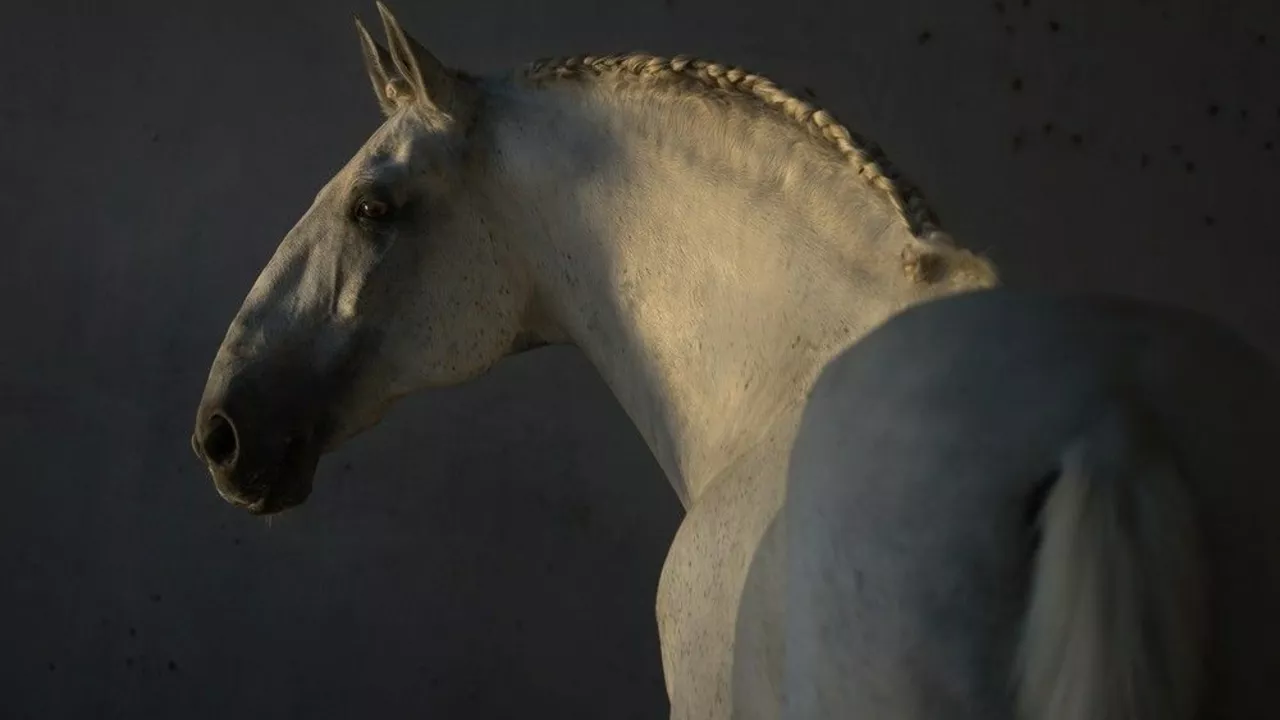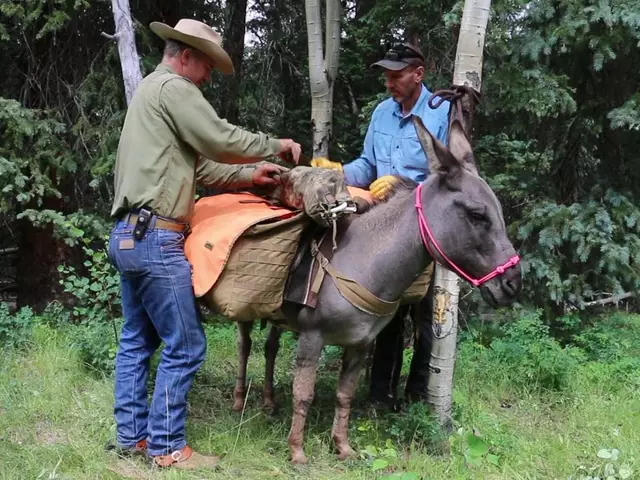Genetics for Horse Lovers – Simple Guide to Equine DNA
Ever wonder why some horses are chestnut, others bay, and a few have that rare splash of white? The answer lies in genetics – the DNA that decides colour, size, stamina and even temperament. You don’t need a lab coat to get the basics; a few key ideas can help you pick a foal, avoid health issues, and understand why your horse reacts the way it does.
Why genetics matters in everyday riding
First off, genetics isn’t just for breeders. Even if you only lease a horse, knowing its genetic background tells you a lot about what to expect in the saddle. A horse with a strong muscle‑building gene may excel in jumping, while one with a calm‑nervous system gene could be a perfect trail partner. Health‑related genes are equally important – some foals inherit a risk for joint problems or respiratory issues, and early spotting lets you plan preventive care.
Colour genes are the most visible clue. The classic chestnut comes from two recessive red genes (e/e). If a foal shows a bay coat, it must have at least one dominant black gene (B). By looking at the parents’ colours, you can guess the likely shades of their offspring. This isn’t magic, but a useful shortcut when you’re deciding on a show horse versus a work horse.
Practical tips for using genetics
1. Ask for a pedigree. Most reputable studs provide a three‑generation pedigree that lists known genetic traits. Look for notes on "sabino", "appaloosa" or health markers like "hereditary equine regional dermal asthenia (HERDA)".
2. Get a DNA test. A cheek swab costs under £100 and can confirm coat colour genes, performance potential, and disease carriers. The results come back in a week and are easy to read – no jargon, just a list of traits.
3. Match training to genetics. A horse with a high‑energy gene will need more varied work to stay focused. Conversely, a calm‑gene horse benefits from steady, predictable routines. Adjusting your lesson plan based on these clues keeps both horse and rider happy.
4. Plan long‑term health care. If a DNA test reveals a predisposition to osteochondritis dissecans (OCD), schedule regular X‑rays and keep the horse at a moderate weight. Small changes now can prevent costly vet trips later.
5. Talk to your vet or trainer. They can interpret test results and suggest nutrition, supplements, or exercises that support the horse’s genetic strengths and weaknesses.
Remember, genetics is only part of the story. Training, nutrition, and environment shape the final outcome just as much as DNA. Think of genetics as a roadmap – it shows you the terrain, but you still choose the route.
So the next time you meet a foal or consider a new mount, ask about its genetic background. A quick DNA test or a look at the pedigree can give you the confidence to make smarter choices, keep your horse healthier, and get the most out of every ride.



